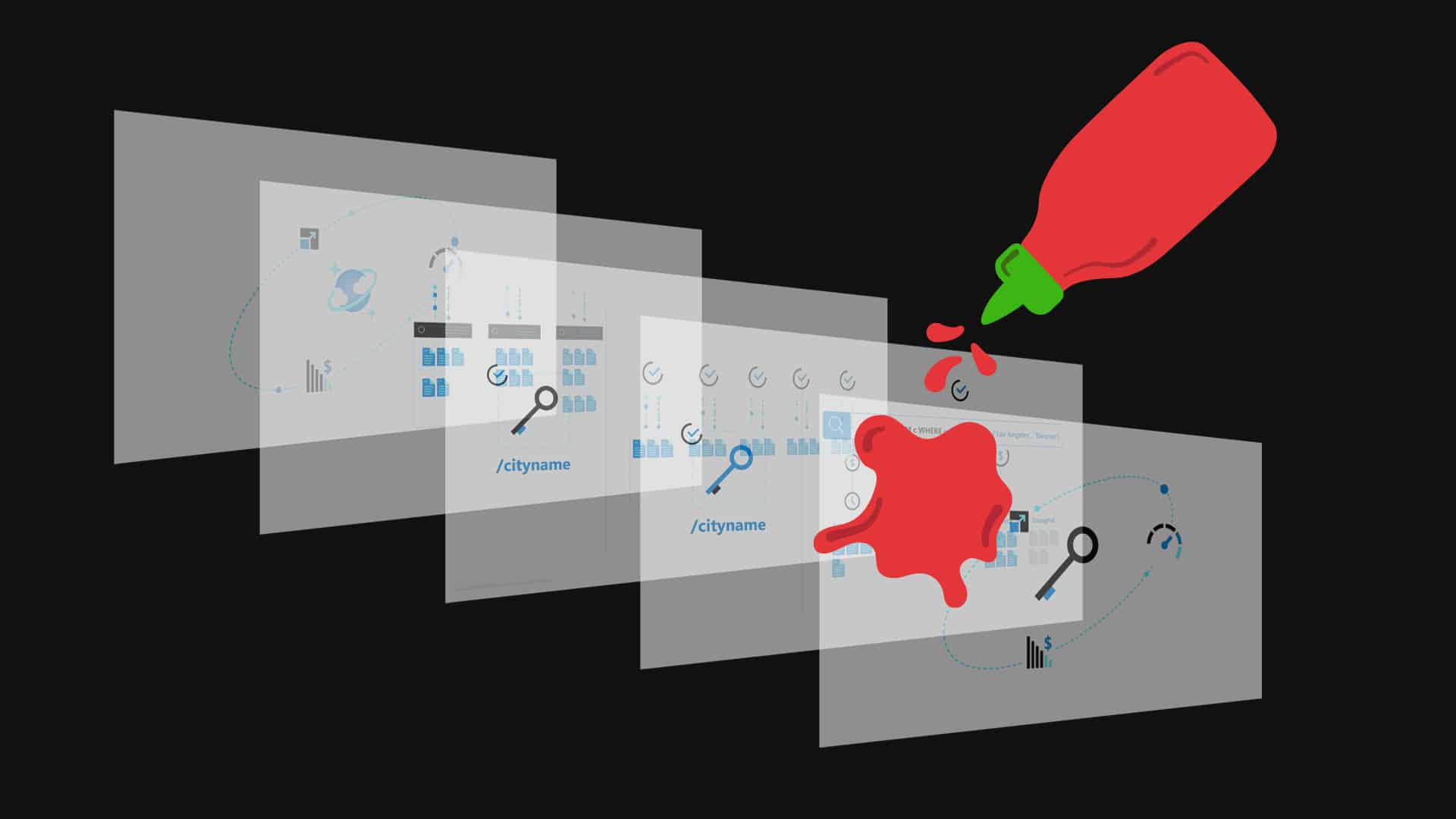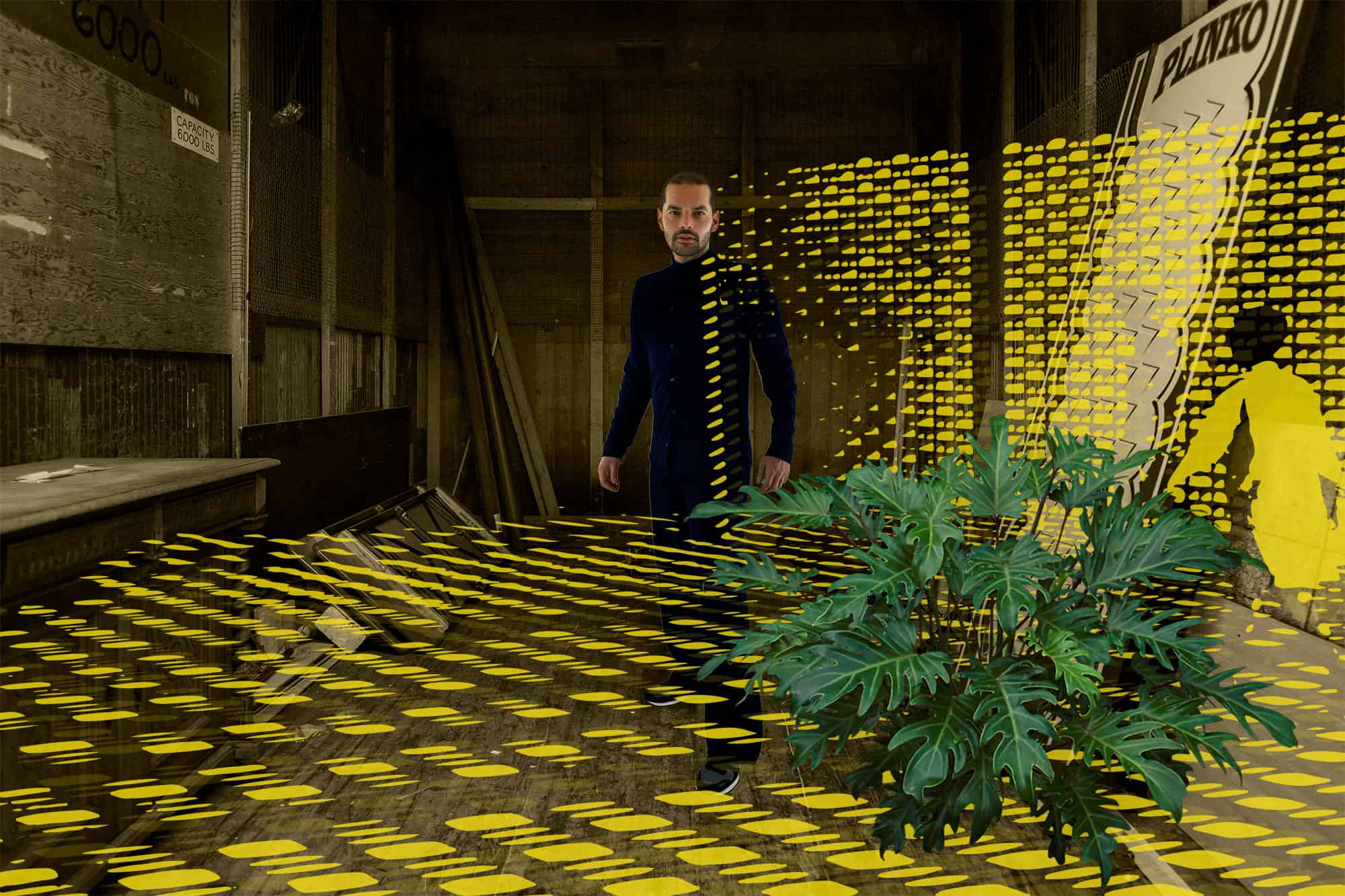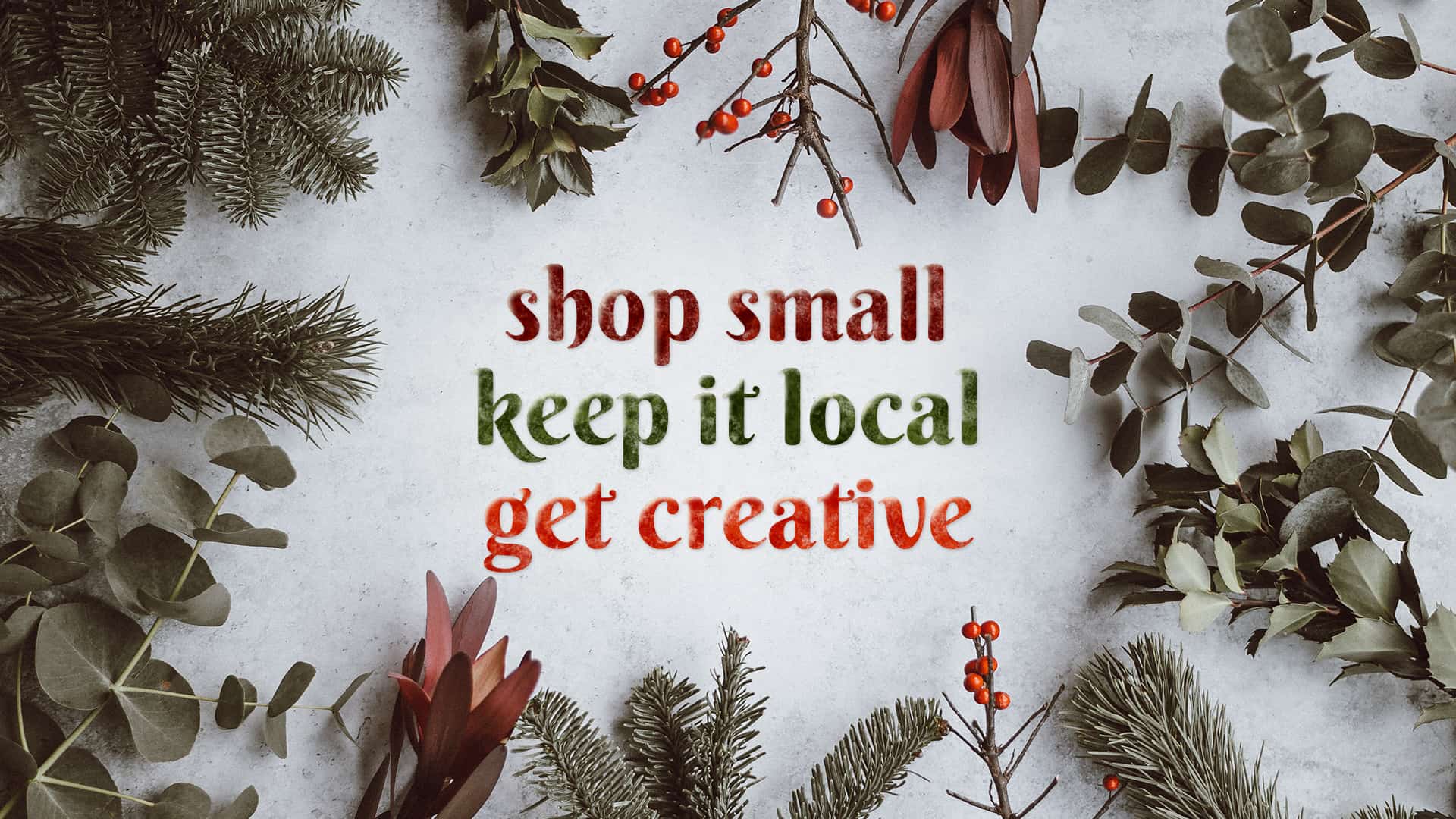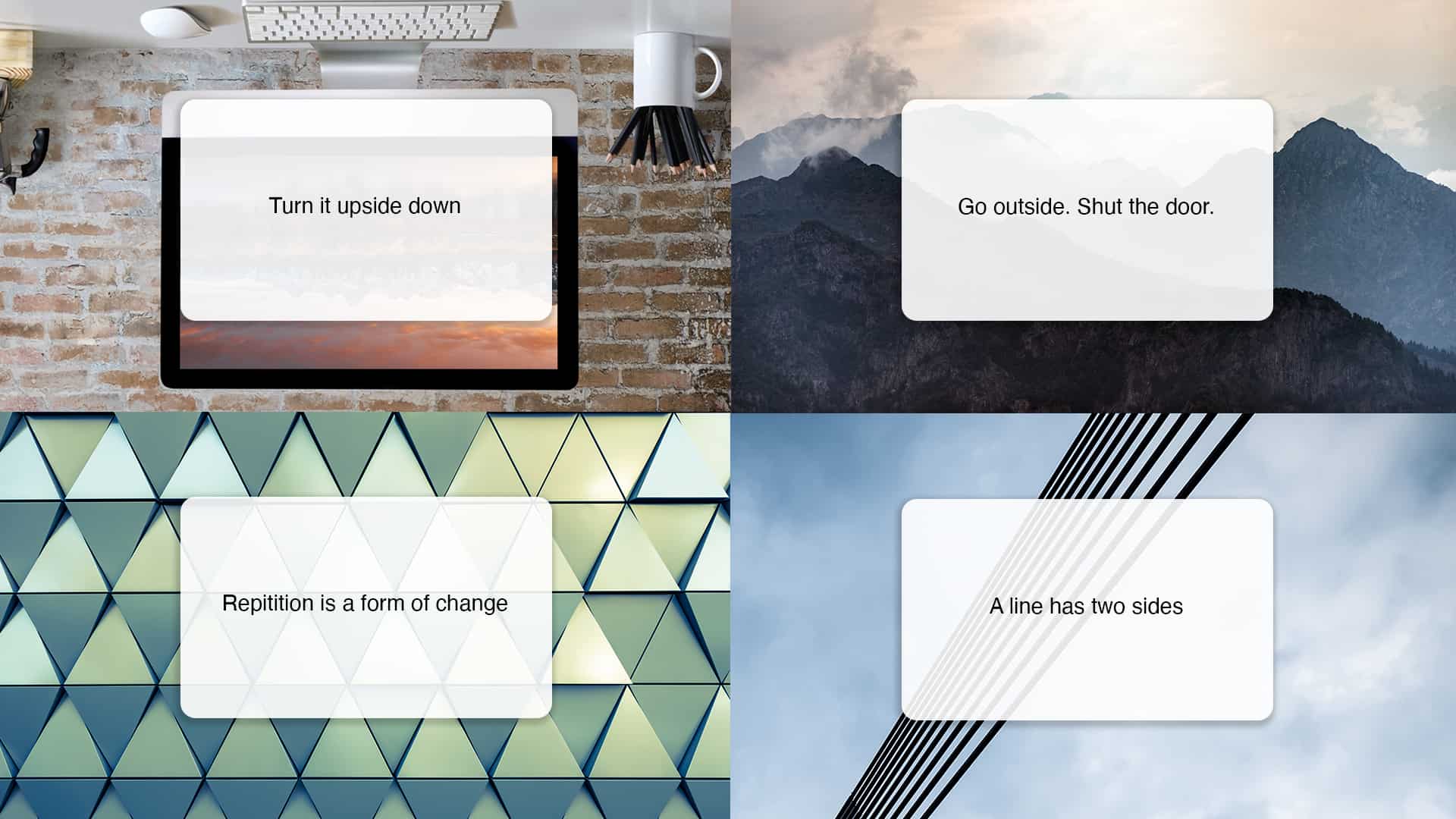By Kyle Luikart + the 2A Team
The beginning of the year had me slipping out of the office between meetings, spending what should have been my lunch money on tunes from our neighbor, Everyday Music. Digging through crates of musty cardboard sleeves and jewel cases was a wonderful way to come up for air after being submerged in the world of cloud data platforms and AI/ML. But round about March everything changed, and I no longer found myself next to the record store between meetings. And my commute was axed, so things like FM radio, and podcasts silently slipped out of rotation. My listening habits changed, and I began looking forward to old-music Mondays and new-music Fridays, unintentionally leaning into music recommended to me by algorithms at a time when human interaction had taken a most extreme decline.
Creating marketing materials for machine learning puts an optimistic glow on what technology can do for us, but there’s a lot that goes into how an individual connects with music—time, place, receptiveness, emotion—that’s harder to train into a machine learning model. Just like when your favorite DJ plays a new song on the radio, a good friend suggests an artist they love, or you uncover a gem in a bin after sinking countless hours sifting, discovering new music can bring a tiny thrill of connection.
We hope you connect with some of 2A’s human-selected favorites of 2020.
Adrianne Lenker – Songs (folk/indie) – “Recorded in a tiny Western Massachusetts cabin, Lenker’s songs capture the solitude of 2020 without making it the primary subject. Dreamy finger-picking, gripping vocals, and poetic lyrics make the Big Thief front-woman’s solo album a must listen.” – Mike Lahoda
Bad Bunny – YHLQMDLG (Latin trap/reggaeton) – “Not necessarily what we did this year since the pandemic kept us in and far from concerts, however this album fueled my running in 2020 with its Latin beats and overstimulating electronic arrangements.” – Renato Agrella
Becky and the Birds – Trasslig (R&B/pop) – “Becky and the Birds track “Paris” transports me to a lighter, sexier place, which I needed a lot this year. And those magical, fairly-like vibes carry over to other tracks, building an album that is both moody and uplifting.” – Abby Breckenridge
Chromatics – Faded now (electronic/indie) – “There are so few new albums that I dove into this year, but Chromatics Faded Now is the album that stood out the most to me and made its way into my rotation of regular music pretty easily. Chromatics is such a distinct sound—club bass beats, heavy synth, echoing vocals—and this album follows that legacy. It did really make me miss shows and cocktail bars where this music bleeds seamlessly into the background. Here’s hopin’ for new places to listen to this in 2021.” – Clinton Bowman
Khruangbin – Mordechai (psychedelic/funk) — “This trippy album has been our hypnotic soundtrack for the last several months. It’s been a welcome space to spend time in.” – Daniel Schmeichler
Left at London – Transgender Street Legend, Vol. 2 (alternative/indie) – “Since 2020 had meant staying local, I’ve been listening to KEXP all day long and came across Left at London’s Transgender Street Legend, Vol. 2, which I’ve kept on repeat.” – Annie Unruh
LOOK MUM NO COMPUTER – These Songs are Obsolete (electronic/rock) – “A one-man band and DIY superstar, Sam Battle does some outlandish circuit bending work and skirts using traditional software based production tools to create unique and deftly performed synth rock.” – Kyle Luikart
Neil Cicierega – Mouth Dreams (mash up/electronic) – “Internet titan Neil Cicierega strikes again with his latest ‘Mouth’ mashup album. This fourth installment features remixing and reworking everything from classical orchestra pieces to pop music to commercial jingles to create bizarre, idiosyncratic, and comedic songs. Dreams of a baby wishing it could be a train, a super psycho demanding not to touch his bed, bells ringing on the moon, and rocking Ewoks form a surreal tapestry of sound that had me laughing and baffled in equal measure.” – Thad Allen
Run the Jewels – RTJ4 (hip hop/electronic) – “Killer Mike and El-P released ‘RTJ4’ two days early in response to the protests against police brutality after the deaths of George Floyd, Breonna Taylor, and Ahmaud Arbery. This year has been hard, and this album beautifully captures this very raw moment we’re all living.” – Erin McCaul
Taylor Swift – Folklore (indie folk/alternative) – “Like many, I underestimated Taylor Swift. She released not one but two new albums during a global pandemic. “Folklore” is layered and sharp, and it is the album I find myself asking Alexa to play again and again. Taylor’s voice as a true storyteller, musician and songwriter only gets better.” – Laurie Krisman
Yves Tumor – Heaven to a Tortured Mind (electronic/pop) – “Yves Tumor creates funky experimental pop that feels like a romantic fusion of Prince and David Bowie. When I want to escape from 2020 on a psychedelic audio spaceship, I put on this album.” – Nick Dwyer
Share the storyhttps://2a.consulting/blog/2as-favorite-albums-of-2020/
Collapse the story












